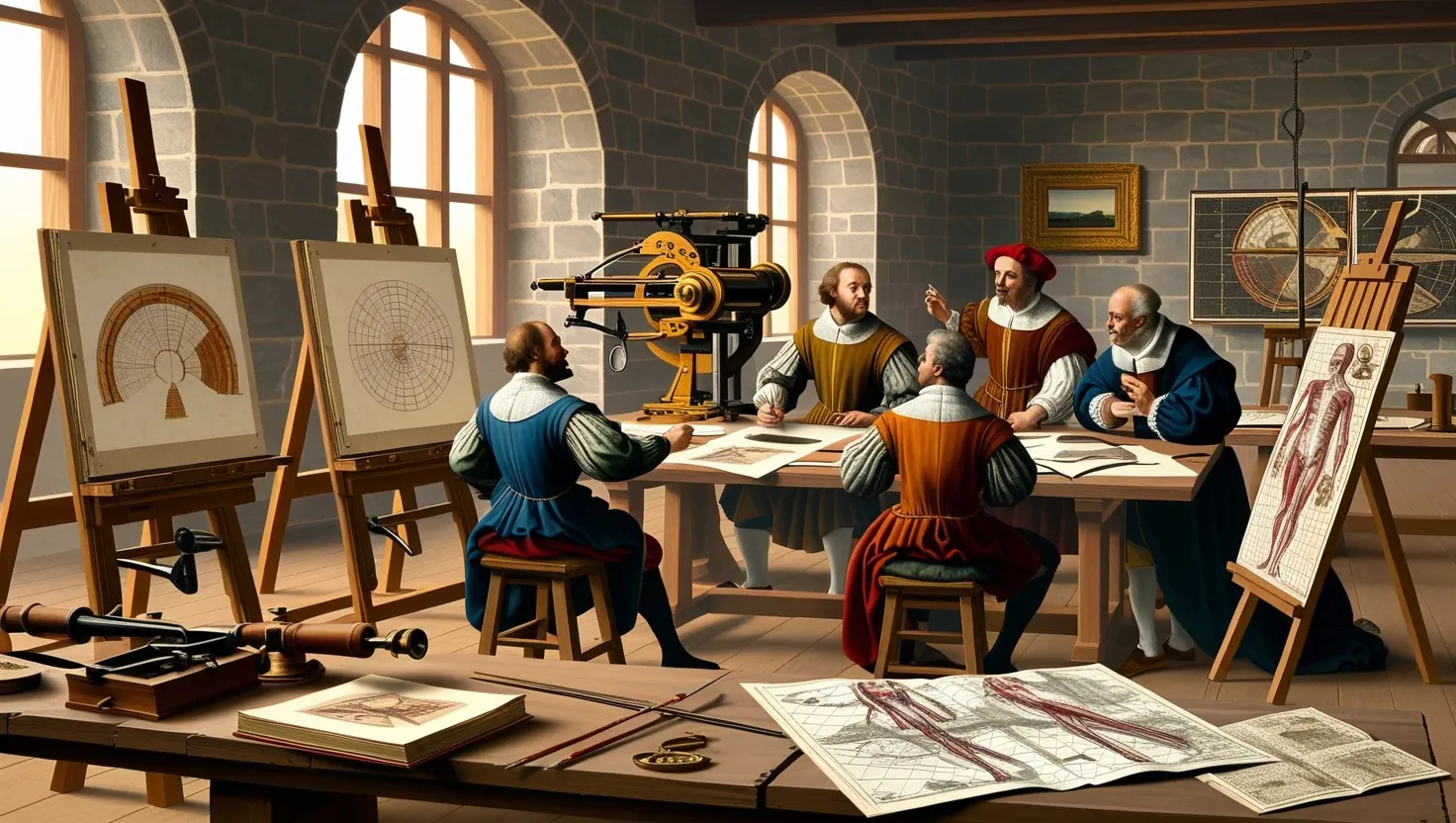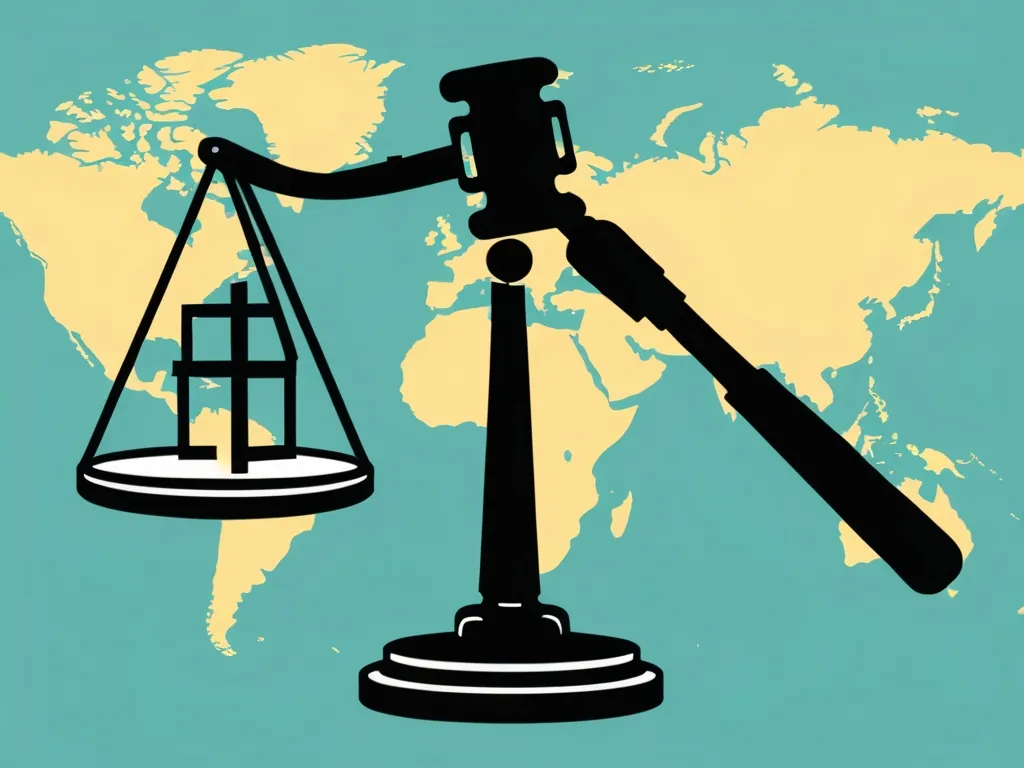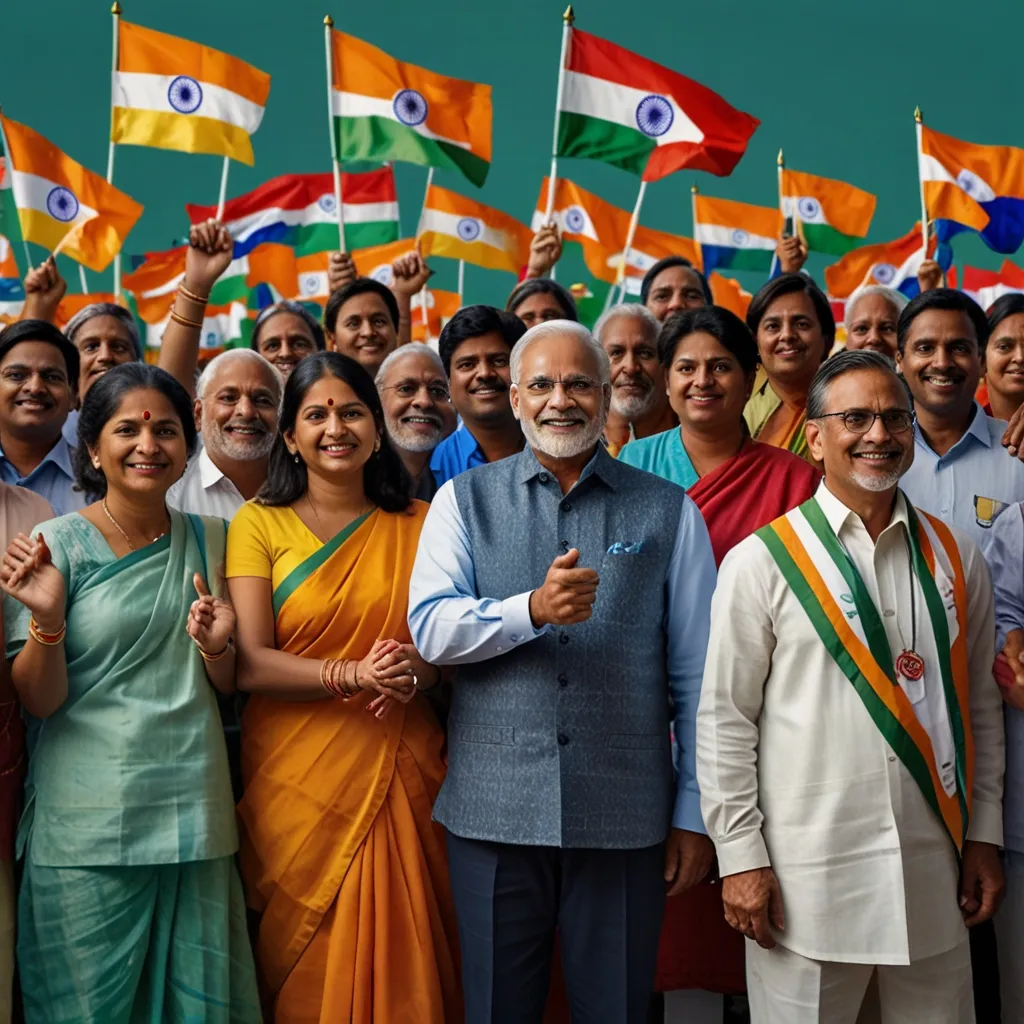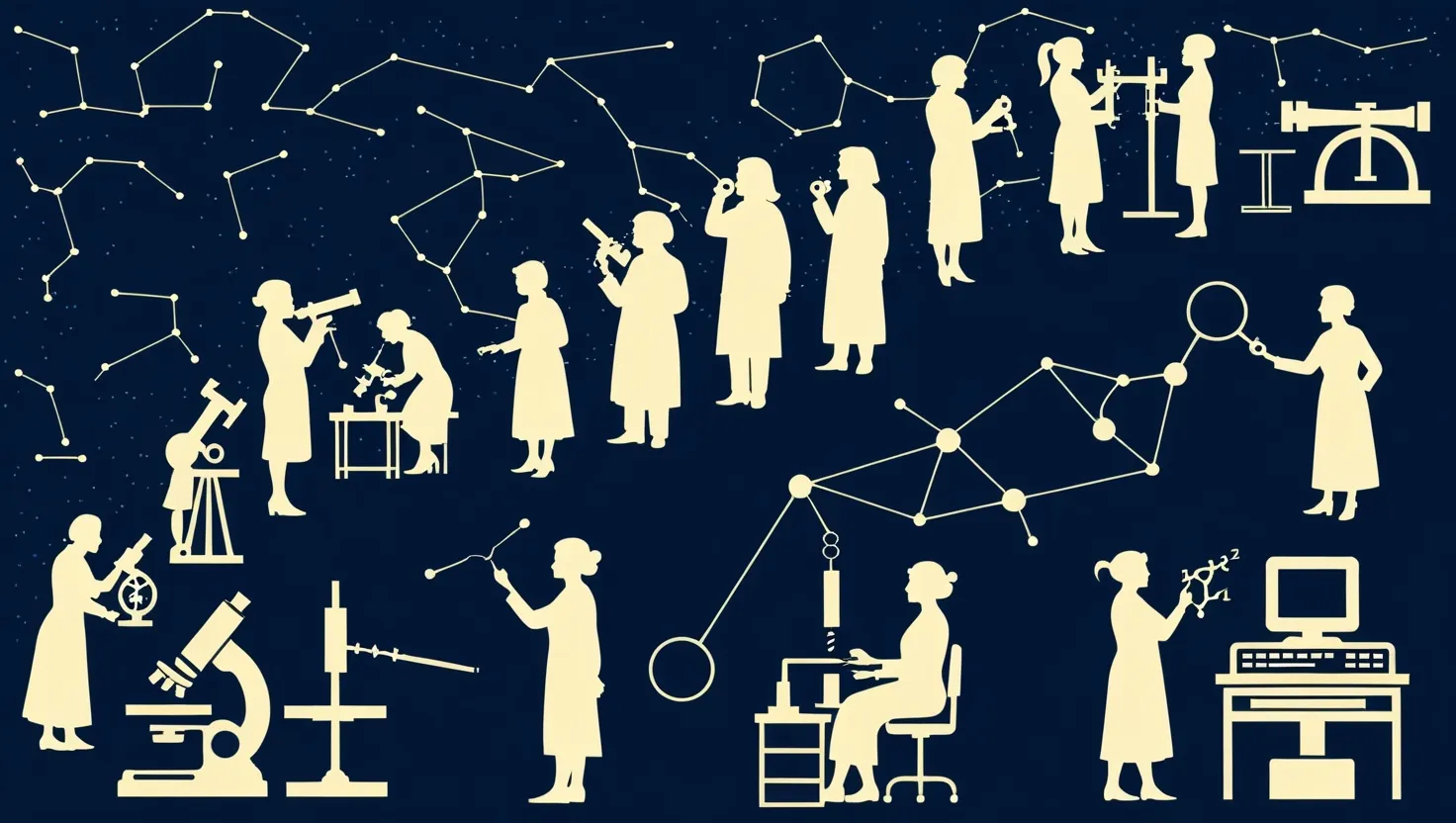If you ever wondered why we read books, use maps, or expect paintings to look like real places, you can thank the Renaissance. This wasn’t just a stretch of time filled with paintings and sculptures. It was a change in how people used ideas, connecting thoughts from ancient studies with brand new inventions. I think of it like a big team project, with artists, scientists, and thinkers all building on each other. To make this easy, let’s look at five innovations from those years that really changed the way people lived—sometimes in ways you might not expect.
One of the most unique and quietly powerful changes happened through the way artists learned to paint. Before the 1400s, painting a building or a road in the distance didn’t look like it was shrinking away or getting smaller. It seemed flat and sometimes pretty odd. Filippo Brunelleschi, an architect, figured out a method called linear perspective. With a few lines and points, suddenly an artist could make a room look as if you could walk into it. This wasn’t just about pretty pictures. With this new trick, people started to understand space differently. Architects and city planners could better imagine how buildings fit together. Today, the same principles appear in everything from how we design video games to how we make cartoons. It’s wild to think a few drawn lines set off a chain reaction that is still shaping technology and entertainment.
Have you thought about how you’d get information if you couldn’t read easily or books cost as much as a house? Not long ago, that was normal. Then Johannes Gutenberg made the printing press. He didn’t invent printing from scratch, but he made it fast and easy. Suddenly, books could be made by the hundreds, not just copied one by one by hand. Ordinary people could get their hands on knowledge and stories. The world got smaller, in a way—ideas spread from Italy to France to Germany in weeks, not centuries. The print revolution was like the Internet of its day—information exploded, social walls broke down, and people started challenging what they’d always been told. How would your life be different if you could only read what a few leaders wanted you to? What would you miss out on?
“Knowledge is power.”
– Francis Bacon
It was not only about painting or books. For the first time, instead of relying only on what was written in old books, people started to look carefully, experiment, and measure things themselves. Imagine exploring how your own heart pumps by actually observing it, not just believing what an old scroll said. Leonardo da Vinci pulled apart bodies so he could draw the muscles and bones exactly. Galileo Galilei built telescopes and proved the moon wasn’t smooth and perfect, and that the sun was at the center, not the earth. All this was called empirical observation. The big deal here wasn’t just new discoveries. It flipped the whole system. Opinions and legends were out; evidence and experiments were in. We still use this approach every time a doctor gives a new medicine a clinical test or when an engineer builds a model to check if it works.
I often ask myself: what’s more valuable, to know many facts or to learn how to think for myself? This leads straight to the heart of something called humanism, another major shift of the Renaissance. Thinkers like Erasmus said we should focus on classical ideas—learning from history, philosophy, and languages—as a way to grow as people, not just memorize religion or rules. Humanists believed in the power of each person to shape their future. They said it’s good and noble to ask questions, challenge authority, and develop your mind. This new focus made education less about obedience, more about discovering strengths and solving problems. Today, every time you take a class that lets you be creative or have an opinion, you’re seeing the Renaissance spirit still in action.
“Man is not the measure of all things, but man is the measurer.”
– Protagoras
Spin the globe—literally. Before the Renaissance, most maps were comically wrong and filled with guesswork, dragons, and unexplored “blank” spots. Navigation wasn’t precise either; people hugged the coastlines and prayed they wouldn’t get lost. Then shipbuilders and mapmakers teamed up. By improving ships and inventing new maps and devices like the astrolabe, sailors could set sail across wide seas without just hoping for the best. Columbus and Magellan set out not only to find gold but to redraw the shape of the world. Trade, migration, and cultural exchange sped up. But here’s the interesting twist: uncovering new lands also brought diseases, wars, and painful ethics questions. It’s a good moment to ask: every time humans make a leap in connecting, what are the gains and what are the costs?
“Maps encourage boldness. They’re like cryptic love letters. They make anything seem possible.”
– Mark Jenkins
What’s especially interesting about the Renaissance is how these innovations came from people mixing ideas—artists talking to engineers, doctors reading old Greek stories, builders sketching machines. They didn’t work alone. Leonardo da Vinci, for example, didn’t just paint. He drew machines, studied anatomy, and dreamed up bridges that fold. In fact, lots of his ideas—like a flying contraption or early cars—wouldn’t work until hundreds of years later, but he showed how imagination and technical skill blend. If you’ve ever seen a 3D movie or used science to solve an art problem (or vice versa), you’re acting a bit like a Renaissance thinker.
Let me share some odd discoveries. Did you know early mechanical clocks of the Renaissance were so inaccurate they could be off by over ten minutes each day? That changed when Galileo studied the swinging motion of pendulums. Once this was applied to clocks, tracking time became much more precise, which helped everyone run towns and trades with more order. Or take eyeglasses: simple, but they let older scholars keep reading and writing, spreading knowledge longer. Even inventions like the pencil, the first simple microscope, and telescope—all popping up in this era—seemed modest but pushed society forward in science and daily life.
Here’s a fun question: How different would modern medicine be without the guts of early scientists—sometimes facing religious pushback—to dissect bodies and share their findings? Andreas Vesalius took apart corpses to draw what organs and bones truly looked like. Until then, most doctors relied on word-of-mouth and ancient books instead of direct observation.
“Discovery consists of seeing what everybody has seen and thinking what nobody has thought.”
– Albert Szent-Györgyi
Think of all the things we use today because of these changes. Newspapers, school lessons, even the simple map app on your phone—they all grow out of Renaissance breakthroughs. The spread of printed knowledge gave birth to libraries and scientific journals. Art schools began teaching not just style, but geometry and anatomy. Shipbuilding led to fast globalization, both positive (like new foods and ideas) and negative (like colonization).
What’s thrilling to realize is that people in the Renaissance didn’t know they were changing the world forever. Most of these changes started with people asking “why?” or “what if?” They saw problems and tried new ways of thinking, often by mixing old wisdom with hints of the future.
Imagine you’re living back then: Would you paint, build, or experiment? Would you join those who copied books, or try to make a new tool to do it faster? Would you be bold enough to draw a map to places no one you know has ever seen?
The Renaissance shows that real progress happens at the collision of different ways of thinking. Art needs science, science needs art, both need open minds. These five changes—new perspectives in art, machines to spread ideas, bold experiments, humanist learning, and transformed travel—aren’t only history. They remind us that we shape the future when we connect skills, challenge what we think we know, and stay curious about what’s possible.
And maybe, that’s the simplest lesson of all. The world changes not just from great inventions, but from a thousand small acts of paying attention, caring deeply, and daring to see beyond what’s already been done. So next time you look at a painting or read a book or use a map, you’re part of a long story that began in those bright years—inventions not separate, but threads in the big fabric of everyday life.






